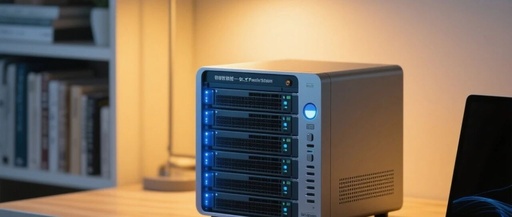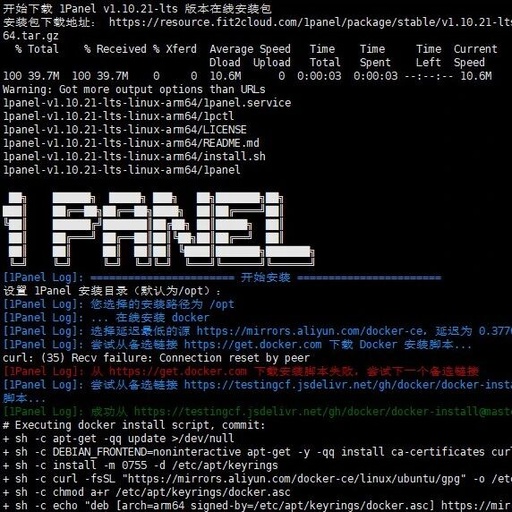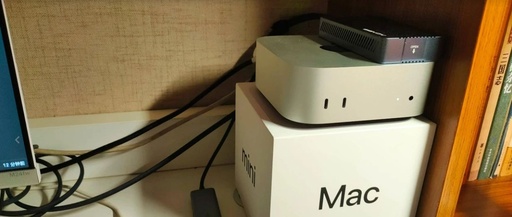Home NAS + Private Cloud: What I Installed on My Home Server
In mid-February, my QNAP NAS, which had been in service for nearly 10 years, suddenly became unresponsive, and after much effort, it was clear it could not be revived. After some research, I decided to repurpose an old Dell workstation T7820 that my previous company had discarded into a home server. The goal of this … Read more









